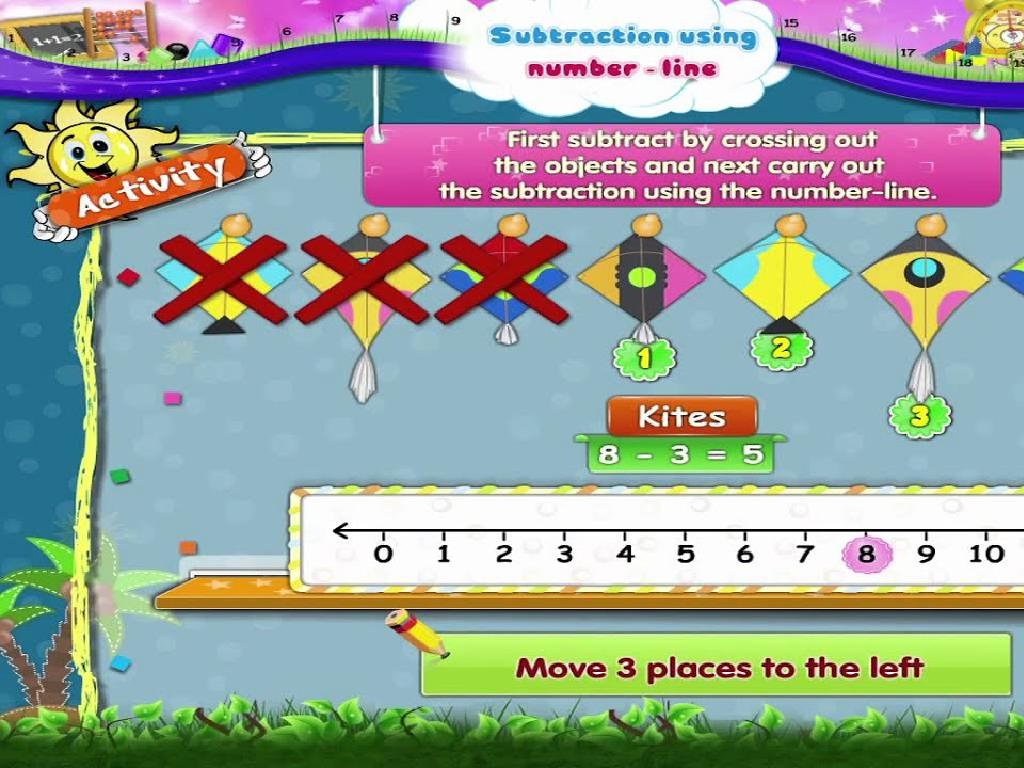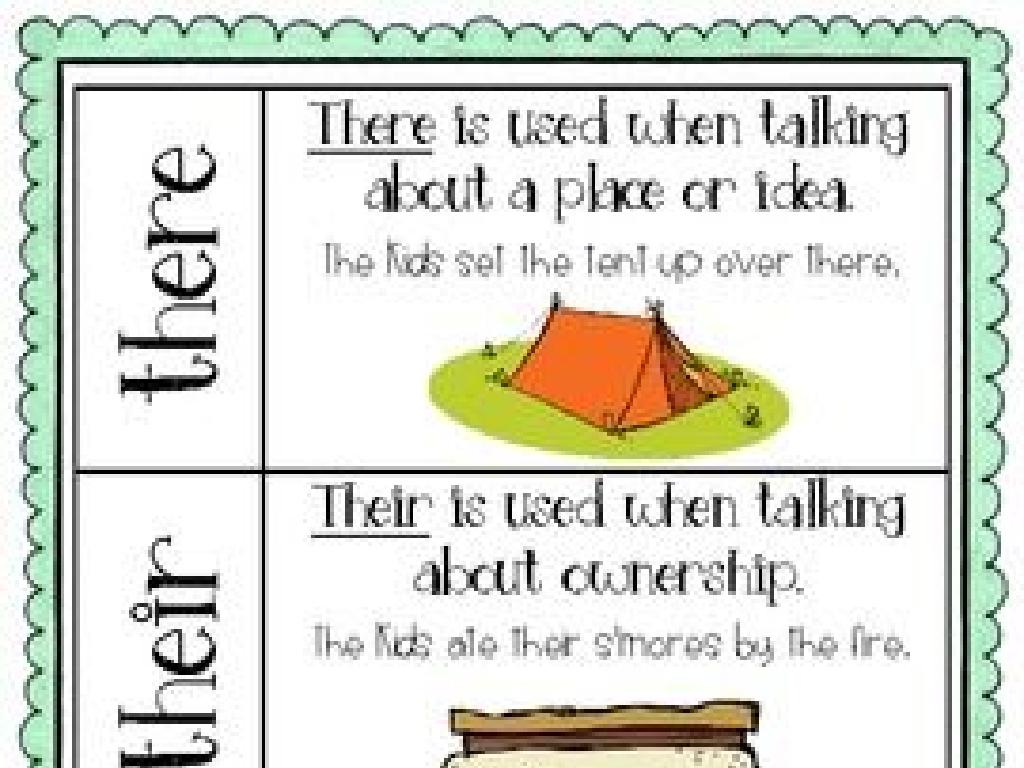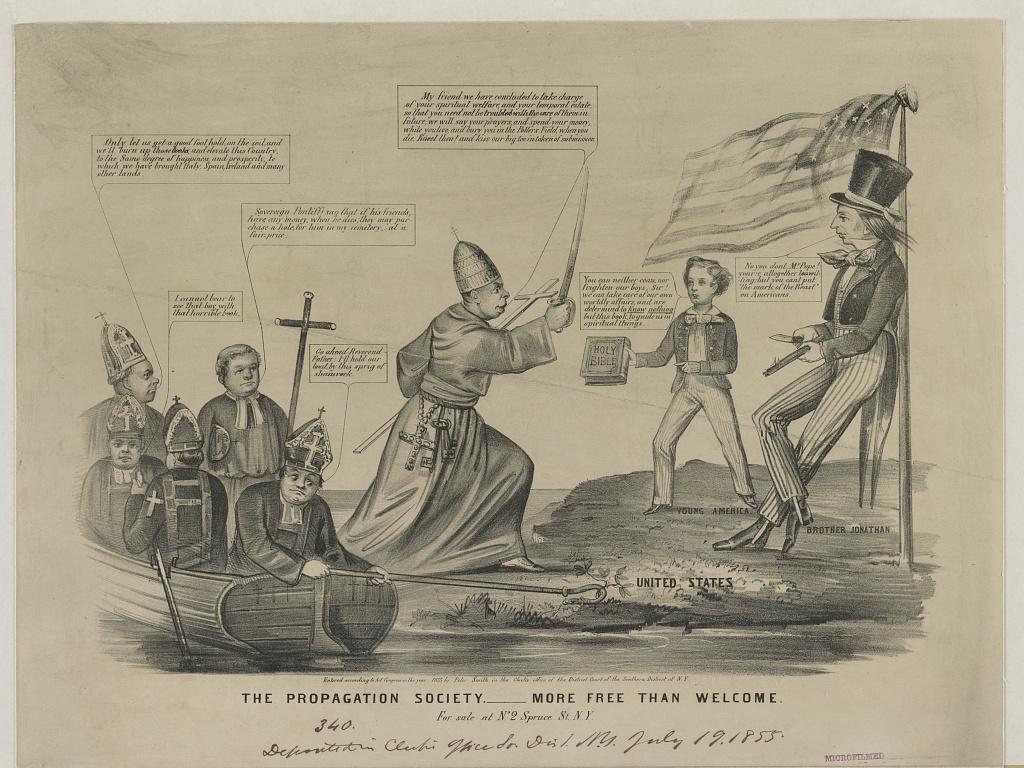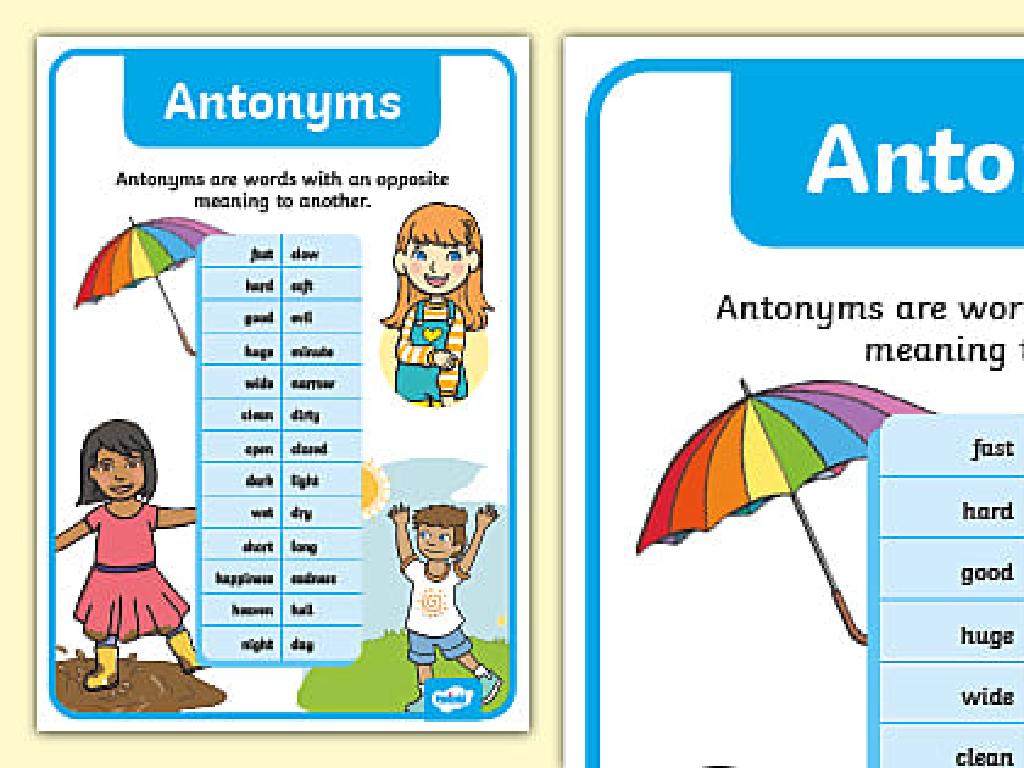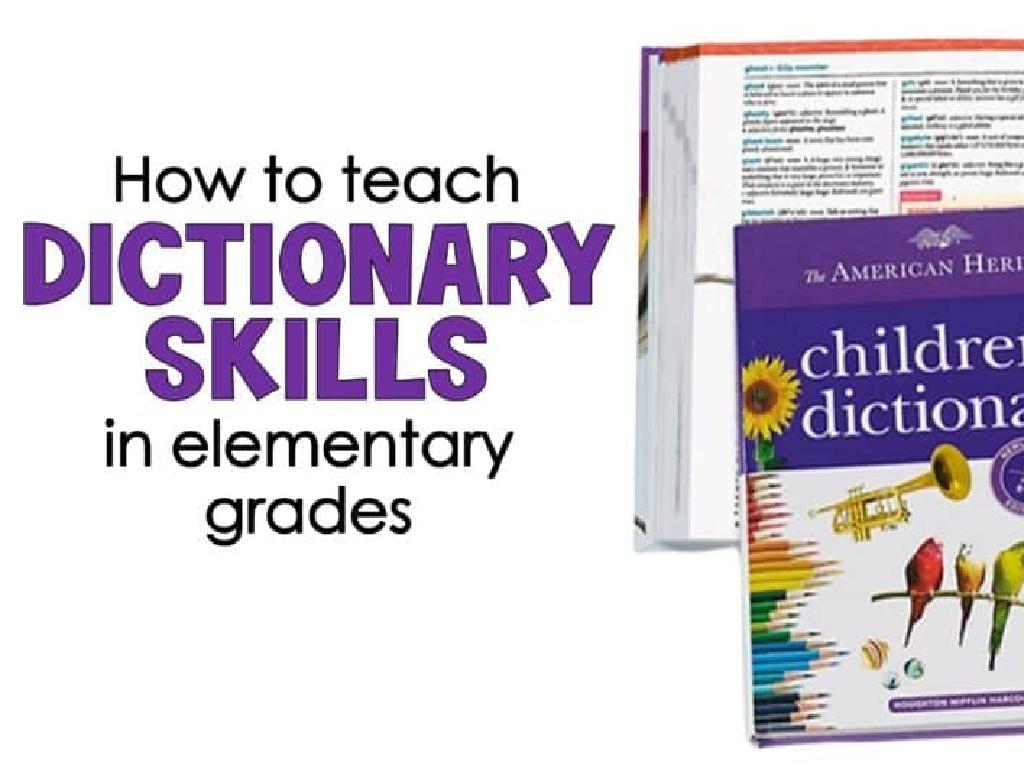Regroup Tens And Ones
Subject: Math
Grade: Second grade
Topic: Place Value
Summary: This engaging second grade math lesson introduces place value by exploring tens and ones, helping students understand digit value based on position. Through hands-on activities like regrouping with base-ten blocks, learners see how ten ones form a ten and practice swapping ones for tens to simplify numbers. With interactive exercises and teamwork, students build essential skills in recognizing, writing, and manipulating numbers using place value concepts.
Please LOG IN to download the presentation. Access is available to registered users only.
View More Content
Welcome to Place Value!
– Learn about ones and tens
– Ones are single units, tens are bundles of 10 ones
– Grouping numbers together
– We group by tens to make counting easier
– Significance of place value
– Place value helps us understand the value of a digit in a number
|
This slide introduces the concept of place value, which is fundamental in understanding math. Start by explaining that ones represent individual units and tens are like a ‘team’ of 10 ones grouped together. Emphasize how grouping numbers into tens simplifies counting and calculation. Discuss the importance of place value in determining the value of a digit in a number, depending on its position. For example, in the number 45, the ‘4’ is in the tens place and represents 40, while the ‘5’ is in the ones place and represents 5. Use visual aids like blocks or drawings to help students visualize the grouping of ones into tens. Encourage students to practice with examples and to ask questions if they’re unsure about how to group numbers or determine the value of a digit.
Understanding Place Value
– Place value defines digit value
– The value of a digit based on its position in a number
– Each place is 10 times the right
– For example, in 50, the 5 is worth 5 tens or 50
– Place value in reading numbers
– Helps us know a number’s meaning
– Writing numbers with place value
– Practice writing numbers using place value
|
This slide introduces the concept of place value, which is fundamental in understanding how to read, write, and work with numbers. Each digit in a number has a value depending on its position. The value of each place is 10 times bigger than the place to its right, which is why the number 10 is so important in our number system. When reading numbers, we use place value to determine the value of each digit. When writing numbers, we use place value to ensure each digit is in the correct place. For example, in the number 231, the 2 represents 200, the 3 represents 30, and the 1 represents 1. Encourage students to practice by picking random numbers and identifying the value of each digit.
Exploring Tens and Ones
– Group objects into tens and ones
– Like bundling sticks, 10 ones make a ten
– Count the tens and the ones
– How many groups of ten? Any leftovers?
– Use base-ten blocks for examples
– Visualize with blocks: 10-blocks and 1-blocks
– Understand place value
|
This slide introduces the concept of place value by grouping objects into tens and ones. Start by explaining that just like bundling sticks together, we can group single items into a larger group of ten. Show how to count the number of tens and the remaining ones using real-life examples or manipulatives like base-ten blocks. Use the blocks to visually demonstrate how 10 ones combine to form a ‘ten-block’ and how individual units are ‘one-blocks’. Emphasize the importance of place value in understanding the number system. Activities can include grouping items, using base-ten blocks, and writing numbers in tens and ones. Encourage students to practice with different numbers to solidify their understanding.
Understanding Regrouping in Place Value
– Regroup when more than 9 ones
– Exchange 10 ones for 1 ten
– Like trading 10 pennies for 1 dime
– Practice regrouping together
– We’ll use blocks to show how it’s done
– Examples to solidify concept
– Example: 14 ones becomes 1 ten and 4 ones
|
This slide introduces the concept of regrouping tens and ones, a fundamental part of understanding place value. Start by explaining that sometimes we end up with more than 9 ones, which is too many to fit in the ones place. To make numbers easier to read and work with, we regroup, or exchange, 10 ones for 1 ten. Use physical manipulatives like blocks or drawings to demonstrate this concept. For example, show 14 individual blocks and then regroup them into one group of ten and four remaining ones. Encourage students to practice with different numbers and provide several examples to ensure they grasp the concept. The goal is for students to become comfortable with regrouping as a part of adding and subtracting numbers.
Let’s Practice Regrouping!
– Start with 23: 2 tens and 3 ones
– Add 7 ones to our number
– Now we have 2 tens and 10 ones, what’s next?
– Regroup 10 ones into a new ten
– We make a new ten, so we have 3 tens and 0 ones
– Understand our new number
– Our number is now 30 with regrouping
|
This slide is an interactive activity to help students understand the concept of regrouping tens and ones. Begin with the number 23, represented as 2 tens and 3 ones. Ask students what happens when we add 7 more ones. Guide them to see that we now have 10 ones, which can be regrouped into a new ten. This changes our number from 23 to 30, as we now have 3 tens and 0 ones. Use manipulatives like blocks or drawings to visually demonstrate this concept. Prepare to have students come up to the board and try regrouping with different numbers. This hands-on experience will solidify their understanding of regrouping in place value.
Activity Time!: Regrouping Race
– Pair up for regrouping fun
– Use base-ten blocks to regroup
– Combine blocks to form tens and ones
– Complete the regrouping worksheet
– Write how you regrouped tens into ones
– Share your answers with the class
|
This activity is designed to provide hands-on experience with regrouping tens and ones. Students will work in pairs to foster teamwork and communication. Provide each pair with a set of base-ten blocks. They will physically manipulate these blocks to combine and regroup them, enhancing their understanding of place value. After regrouping with the blocks, students will fill out a worksheet to record their process and results. This worksheet will help solidify the concept of regrouping. Once completed, encourage pairs to share their findings with the class to promote discussion and peer learning. Possible variations of the activity could include regrouping with different numbers, using other manipulatives, or introducing a competitive element to see which pair can regroup a set number the fastest.
Review and Reflect: Place Value
– Recap on place value
– Place value helps us understand the value of each digit in a number.
– Importance of regrouping
– Regrouping helps in adding or subtracting numbers efficiently.
– Discuss today’s activity
– Share your enjoyment
|
This slide aims to consolidate the day’s learning by reviewing the concept of place value and its significance in mathematics, particularly in regrouping tens and ones. Encourage students to reflect on why understanding place value is crucial for performing operations like addition and subtraction. Discuss how regrouping simplifies these processes. Ask students to share their thoughts on the day’s activities, focusing on what they enjoyed and what they found challenging. This reflection helps reinforce their learning and provides valuable feedback on the teaching methods and activities used.

